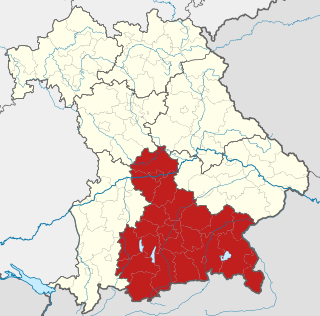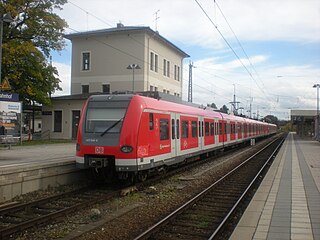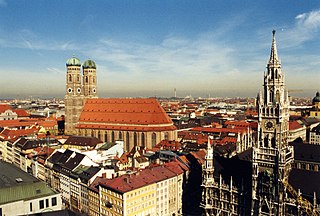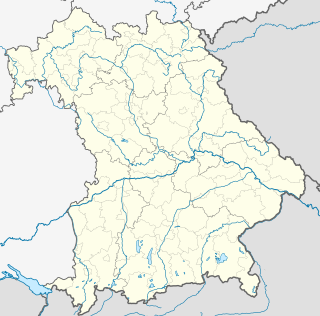Mammendorf | |
|---|---|
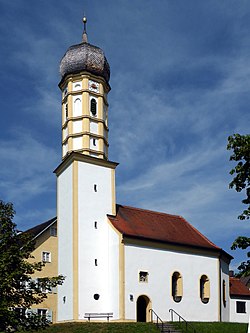 Church of Saint Peter and Paul in Nannhofen | |
| Coordinates: 48°12′N11°11′E / 48.200°N 11.183°E Coordinates: 48°12′N11°11′E / 48.200°N 11.183°E | |
| Country | Germany |
| State | Bavaria |
| Admin. region | Oberbayern |
| District | Fürstenfeldbruck |
| Government | |
| • Mayor | Josef Heckl (FW) |
| Area | |
| • Total | 21.21 km2 (8.19 sq mi) |
| Elevation | 536 m (1,759 ft) |
| Population (2017-12-31) [1] | |
| • Total | 4,814 |
| • Density | 230/km2 (590/sq mi) |
| Time zone | CET/CEST (UTC+1/+2) |
| Postal codes | 82291 |
| Dialling codes | 08145 |
| Vehicle registration | FFB |
| Website | www.mamendorf.de |
Mammendorf is a municipality in Bavaria, Germany. It is located halfway between Munich and Augsburg.

Municipalities are the lowest level of official territorial division in Germany. This is most commonly the third level of territorial division, ranking after the Land (state) and Kreis (district). The Gemeinde which is one level lower in those states also includes Regierungsbezirke as an intermediate territorial division. The Gemeinde is one level higher if it is not part of a Samtgemeinde. Only 10 municipalities in Germany have fifth level administrative subdivisions and all of them are in Bavaria. The highest degree of autonomy may be found in the Gemeinden which are not part of a Kreis. These Gemeinden are referred to as Kreisfreie Städte or Stadtkreise, sometimes translated as having "city status". This can be the case even for small municipalities. However, many smaller municipalities have lost this city status in various administrative reforms in the last 40 years when they were incorporated into a Kreis. In some states they retained a higher measure of autonomy than the other municipalities of the Kreis. Municipalities titled Stadt are urban municipalities while those titled Gemeinde are classified as rural municipalities.

Bavaria, officially the Free State of Bavaria, is a landlocked federal state of Germany, occupying its southeastern corner. With an area of 70,550.19 square kilometres, Bavaria is the largest German state by land area comprising roughly a fifth of the total land area of Germany. With 13 million inhabitants, it is Germany's second-most-populous state after North Rhine-Westphalia. Bavaria's main cities are Munich and Nuremberg.

Germany, officially the Federal Republic of Germany, is a country in Central and Western Europe, lying between the Baltic and North Seas to the north, and the Alps, Lake Constance and the High Rhine to the south. It borders Denmark to the north, Poland and the Czech Republic to the east, Austria and Switzerland to the south, France to the southwest, and Luxembourg, Belgium and the Netherlands to the west.




